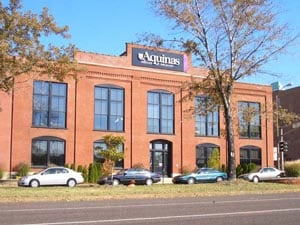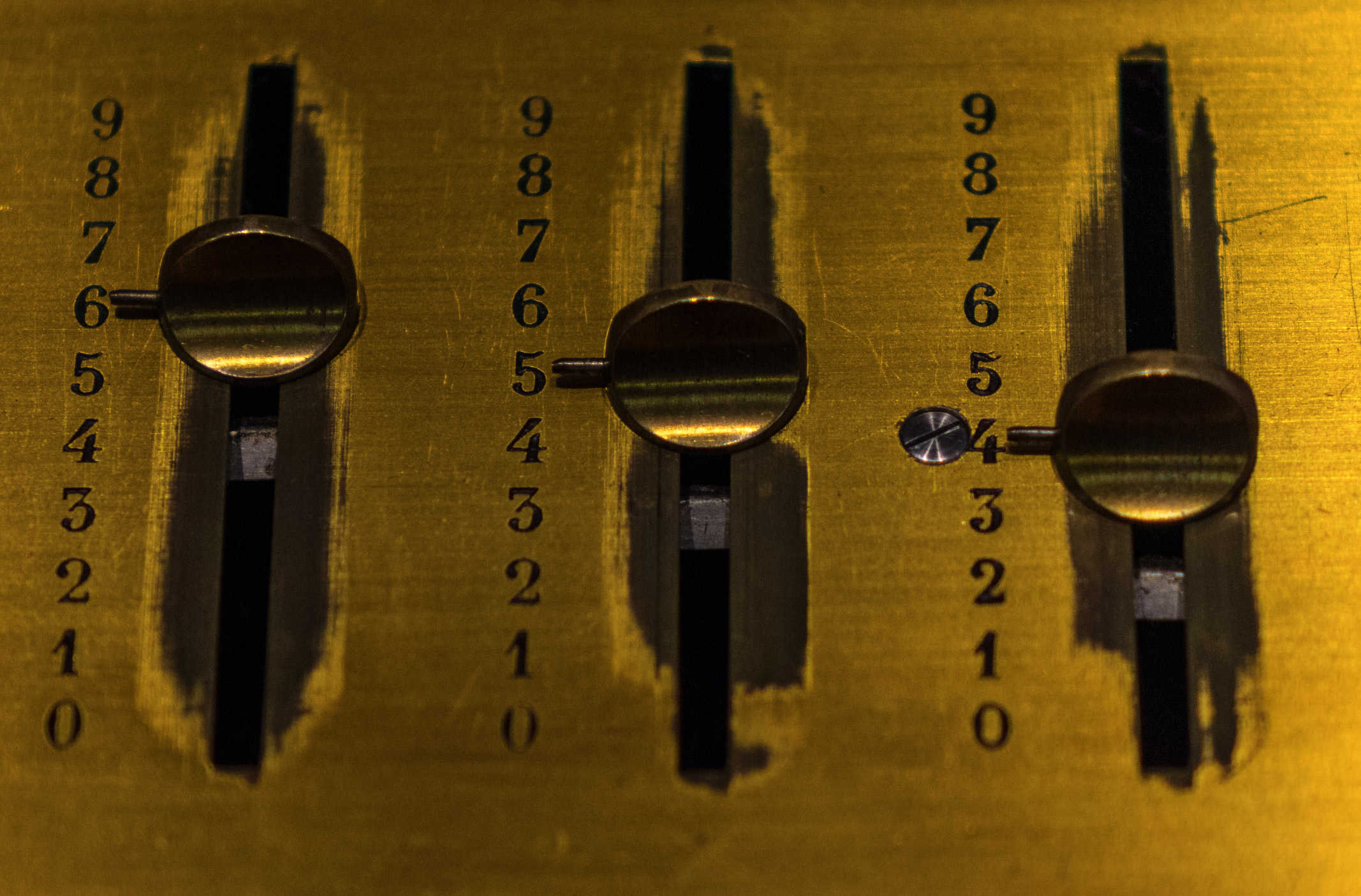Key Points:
- William Hopkins worked as a minister, and in the 1890s he became assistant editor of the company that published the weekly newspaper The Christian Evangelist.
- He had a talent for invention, and in 1892 Hopkins filed his first patent for a key-driven adding, subtracting, and recording machine.
- William Hopkins founded Standard Adding Machine Company, which released a successful 10-key adding machine that was less expensive to manufacture and simpler to use than others at the time.
William Hopkins
William Wallace Hopkins was born on 16 November 1850, in Boone County, Indiana, USA, to Albert Hopkins (1818-1905) and Margaret Caldwell Hopkins (1830-1907) from Kentucky. William was the first child and had 4 brothers and 3 sisters.
William was interested in mechanics and the construction of machines since his youth but eventually worked as a minister.
William Hopkins lived in Bourbon County, Kansas, since 1874/1875, where he served as a minister, before moving with his family to St. Louis in 1885, accepting the position of a chaplain and then a pastor of St. Louis Second Christian Church. He continued to invent during those years, trying to find better ways to make an adding machine. In the 1890s, he left Second Christian Church and became assistant editor of the company, that published the weekly newspaper The Christian Evangelist.

In the early 1900s, William Hopkins founded Standard Adding Machine Company, located on Spring Avenue, St. Louis (later became New Standard Adding Machine Company), which was the first company to release to the market a successful 10-key adding machine, launched in 1902. The Standard Adding Machine achieved a big success because it was much less expensive to manufacture and simpler to use.
This particular adding machine featured 10 number keys, which was much more economical than other models, such as that of the Burroughs machine, which had 81 keys. The Standard Adding Machine could perform addition and subtraction, and print the calculation on paper tape. The original machine was entered into competition at the 1904 St. Louis World’s Fair and won the international grand prize, touted as a “modern life preserver” by one reviewer.

Later on, the Standard Adding Machine Company went through a restructuring at William Hopkins and his inventive brother joined forces with John C. Moon, the president of Moon Brothers Carriage Company in St. Louis. Together they formed the Moon-Hopkins Manufacturing Company of Missouri. During this time, in 1904, William Hopkins designed a combination multiplying and typewriting machine (Patent #844519, granted 19 February 1907), and produced it within this new company, as well as another revolutionary machine — the Moon-Hopkins billing machine.
William Hopkins got married in April 1874, in Hersey, St. Croix County, Wisconsin, to Tamara Losina Adams (1855-1931). The couple had five children: Ethel (b. 1883), Albert Addison (1875-1936), William Francis (1877-1964), Nellie (1880-1962), Minnie (1874-1945).
Hopkins was a holder of 10 patents for calculating machines alone. His younger brother — Hubert Hopkins (01 Nov.1859-27 Feb.1930), worked together with him and was also a famous inventor of calculating machines. The two of them together held over 30 patents.
William Wallace Hopkins died on 10 November 1916, in Saint Louis, Missouri, and was buried in the Zion Cemetery.
The image featured at the top of this post is ©iStock.com/Wlad74
